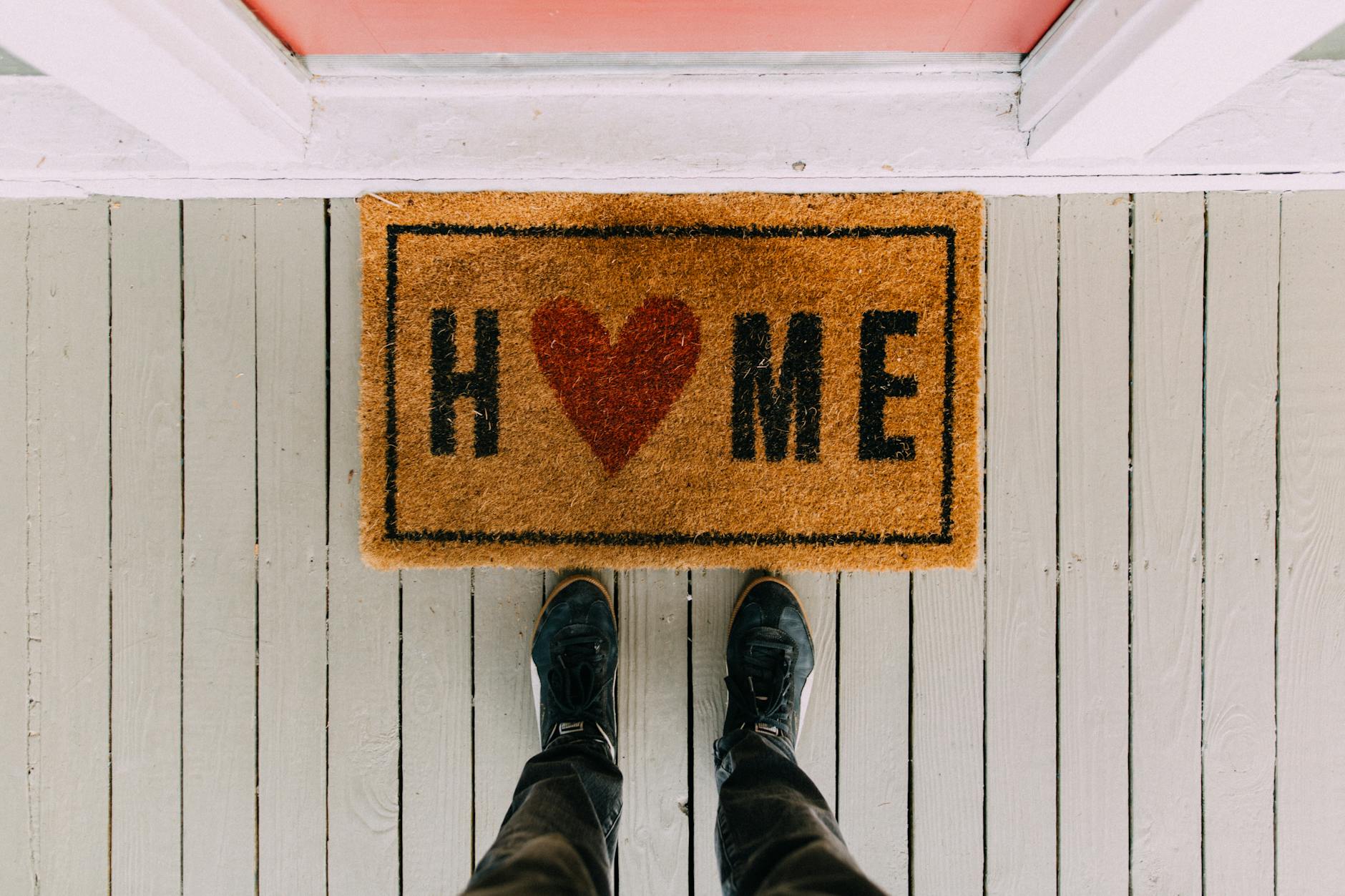5 Simple Steps to Declutter Your Home and Mind
In today’s fast-paced world, clutter can easily accumulate in our homes and minds, leaving us feeling overwhelmed and stressed. The good news is that by taking a few simple steps, you can declutter your home and mind, creating a more peaceful and organized environment. Whether you’re looking to create a minimalist living space or simply want to feel more in control of your life, these five steps will help you achieve your goals.

Table of Contents
1. Start Small and Prioritize
When you’re ready to declutter your home, it’s essential to start small and prioritize areas that need immediate attention. Instead of attempting to tackle your entire home at once, focus on one room or even one section of a room. For example, you might start with a kitchen drawer or a section of your closet. By breaking the task down into manageable chunks, you’ll avoid feeling overwhelmed and will be more likely to stick with your decluttering plan. Prioritizing helps you identify the areas that contribute most to clutter, making the decluttering process more efficient and effective.
2. Sort and Categorize
Once you’ve chosen an area to declutter, it’s time to sort and categorize your belongings. Create three categories: Keep, Donate/Sell, and Discard. Be honest with yourself about what you truly need and use. If an item hasn’t been used in the past year, it might be time to let it go. Sorting through your possessions will not only help you declutter your home but will also free up mental space by eliminating unnecessary items that add to your stress.
3. Organize and Store Efficiently
After you’ve sorted your items, the next step is to organize and store them efficiently. Invest in storage solutions that fit your space and lifestyle, such as bins, baskets, and shelves. Labeling containers and creating designated spaces for items can make it easier to maintain an organized home. Remember, the goal is not just to declutter but to create a system that prevents clutter from reappearing. An organized home can lead to a clearer mind, reducing the daily stress of searching for misplaced items.

4. Mindfully Let Go of Emotional Clutter
Decluttering isn’t just about physical space; it’s also about freeing your mind from emotional clutter. Holding onto items that carry emotional baggage can weigh you down mentally. Take time to reflect on why you’re keeping certain things. If an item no longer serves a positive purpose in your life, it may be time to let it go. Mindfully releasing emotional clutter can bring a sense of relief and clarity, helping you to focus on what truly matters.
Keyword Focus: Declutter home, emotional decluttering
5. Maintain a Clutter-Free Environment
The final step in decluttering your home and mind is maintaining a clutter-free environment. Set aside time each day or week to tidy up and return items to their designated places. Adopting habits like the “one in, one out” rule—where you remove an old item for every new one you bring into your home—can help prevent future clutter. Consistency is key to ensuring that your home remains a peaceful and organized space.
Conclusion
Decluttering your home and mind doesn’t have to be a daunting task. By starting small, sorting and categorizing your belongings, organizing efficiently, mindfully letting go of emotional clutter, and maintaining a clutter-free environment, you can create a space that reflects peace and order. A decluttered home leads to a decluttered mind, enabling you to live a more fulfilling and stress-free life.
10 Q&A on Decluttering Your Home and Mind
1. Q: How do I start decluttering my home if I feel overwhelmed?
A: Start with a small area, like a drawer or closet, and prioritize what needs attention. Breaking it down into manageable tasks reduces overwhelm.
2. Q: What are the best methods for sorting items during decluttering?
A: Use the Keep, Donate/Sell, and Discard method. This helps you categorize items efficiently and make decisions easier.
3. Q: How can I maintain a clutter-free home after decluttering?
A: Establish daily habits like tidying up and using the “one in, one out” rule to prevent clutter from accumulating again.
4. Q: What should I do with items that hold sentimental value?
A: Keep only those that bring joy or serve a purpose. Consider taking photos of sentimental items to preserve memories without keeping the physical object.
5. Q: How does decluttering affect mental health?
A: Decluttering reduces stress and anxiety by creating a more organized, peaceful environment, which leads to a clearer mind.
6. Q: What storage solutions can help keep my home organized?
A: Use bins, baskets, shelves, and labels to create designated spaces for items, making it easier to maintain order.
7. Q: How do I declutter items that I might need in the future?
A: If you haven’t used the item in a year, it’s likely you won’t need it. However, consider keeping versatile items that serve multiple purposes.
8. Q: Can decluttering help improve productivity?
A: Yes, an organized environment reduces distractions and makes it easier to focus, thus boosting productivity.
9. Q: What is emotional clutter, and how do I manage it?
A: Emotional clutter includes items that carry negative feelings or memories. Let go of these to free up mental space and emotional well-being.
10. Q: How often should I declutter my home?
A: Regularly declutter by setting aside time weekly or monthly to review and organize your space, keeping clutter at bay.
By following these simple steps, you’ll not only declutter your home but also create a sanctuary that supports mental well-being. Remember, the journey to a clutter-free life begins with a single step.




